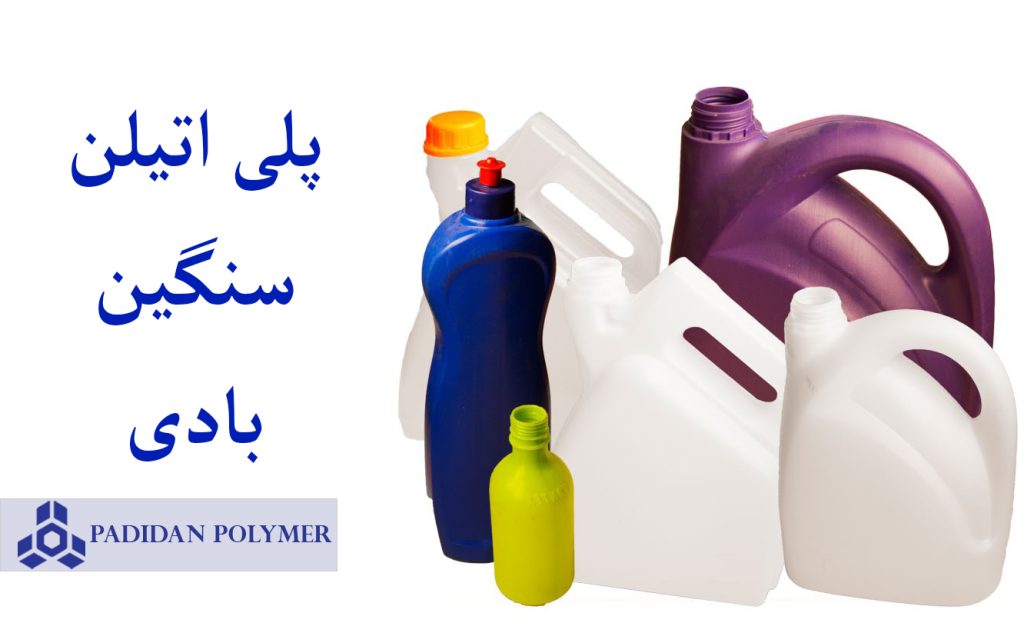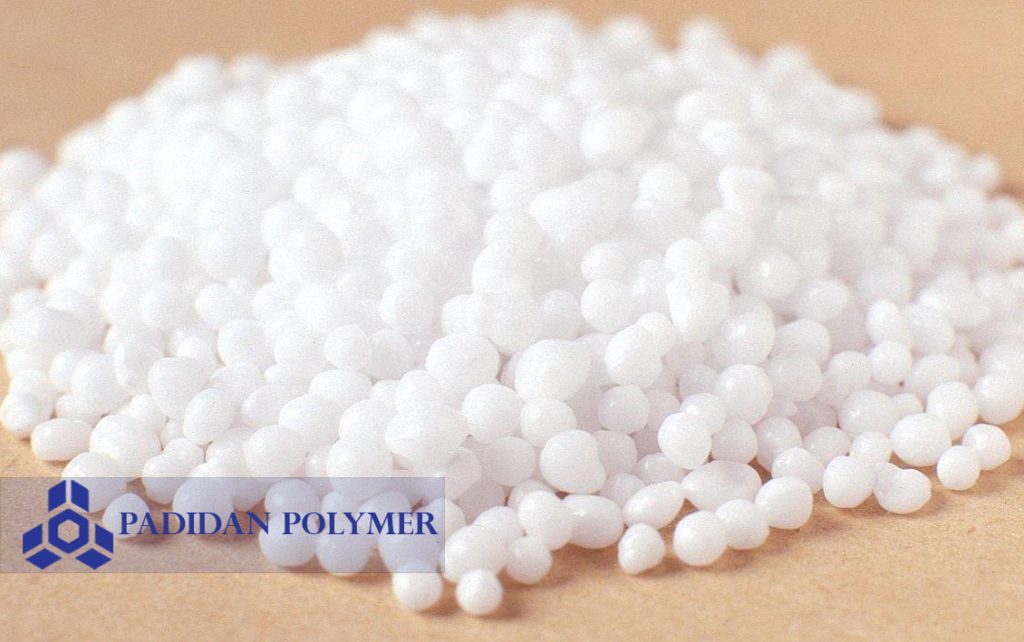Heavy duty polyethylene is one of the most widely used and important plastic materials in various industries. This type of polyethylene has unique characteristics that make it a very popular and used material. In this article, heavy inflatable polyethylene and its characteristics will be discussed.
Physical and chemical properties of air heavy polyethylene
Air heavy polyethylene has unique physical and chemical properties that distinguish it from other types of polyethylene. This material has certain properties in terms of density, transparency and resistance to water and heat. Heavy duty polyethylene is a type of high density polyethylene used as a polymer material. This material has high resistance to impact, scratches and heat, and for this reason, it is used in various industries such as packaging, automotive, electronic and medical industries.
The chemical properties of air heavy polyethylene are also very important. This material has high chemical resistance against acids, bases, solvents and high solubility in water. Also, this material has high strength and good flexibility, which makes it suitable for use in different conditions. In general, air-weighted polyethylene is a material with unique characteristics that is widely used in various industries.
Applications of inflatable heavy polyethylene
Due to the superior features of this type of polyethylene, there are various uses for it. Among the applications of this material, we can mention packaging industries, automotive industries and electronics industries. Due to its high resistance to impact, heat, breakage and chemicals, heavy polyethylene is used as a very suitable material for use in various product packaging industries. It is used as a cheaper and lighter alternative to metals and other packaging materials.
Also, air heavy polyethylene is used in the automotive industry as various components of cars, because this material has characteristics such as high resistance to corrosion, wear and impact. In the electronics industry, air heavy polyethylene is also used to make various parts and electrical insulation. Due to these features, the use of air heavy polyethylene has been greatly expanded in various industries, and this material will probably be used for new applications in the future.


Heavy polyethylene production methods
The production of air heavy polyethylene is done through different methods, each of these methods creates specific features and qualities for the final product. Among the production methods, we can mention the extrusion method, the casting method, and the air method.
The extrusion method is one of the most common methods of producing heavy polyethylene, in which polymer raw materials are produced from a hot slope in the form of a long and wide strip as desired. This method provides the possibility of adjusting the final thickness and size of the product and is known as one of the economic and high efficiency methods for the production of air heavy polyethylene.
The casting method is also used due to the ease and speed of production. In this method, the heated polymer is transferred to a cold mold and upon cooling, the final shape of the product is obtained. This method is suitable for mass and large-scale production.
The inflatable method is also known as a new method for producing inflatable heavy polyethylene. In this method, the heated polymer is blown into a mold and by pressing the air, the final shape of the product is created. This method increases production speed and product quality.
Advantages and disadvantages of heavy polyethylene
As every material has advantages and disadvantages, heavy inflatable polyethylene also has this possibility. This material has positive features such as high resistance, flexibility and recyclability, but at the same time it has disadvantages such as sensitivity to heat and light.
One of the obvious advantages of heavy-duty polyethylene is its high impact and scratch resistance. This feature allows this material to be used in the production of all kinds of products that require physical resistance. Also, this material has high flexibility that allows it to be shaped to produce different goods.
On the other hand, heavy duty polyethylene is sensitive to heat and light. These disadvantages make this material not suitable in cases that require resistance to heat and light. Also, this substance causes environmental pollution, because it takes a long time to decompose and destroy it in nature. However, with the use of new technologies and recycling methods, it is possible to minimize these disadvantages and take advantage of the positive features of heavy-duty polyethylene.


Investigating the environmental effects of air heavy polyethylene
The use of air heavy polyethylene in many different industries and uses brings different environmental effects. Examining these effects and finding suitable solutions to reduce them are important goals in this field.
The environmental effects of air heavy polyethylene include air, water and soil pollution. In the air, the combustion of polyethylene leads to the production of greenhouse gases such as carbon dioxide and methane, which are the main causes of global climate change. In water, polyethylene can enter groundwater and surface water as a pollutant, causing water pollution to ships and aquatic organisms. In the soil, polyethylene can pollute the land and accelerate the process of soil degradation.
To reduce the environmental impact of air heavy polyethylene, increase its recycling and reuse, using biodegradable alternatives such as polylactic acid (PLA) and making changes in its production and recycling process can be effective. Also, educating people about proper waste management and protecting the environment can also be effective in reducing the negative effects of this substance.
Suggestions for improving the use of heavy duty polyethylene
In order to improve the use of air heavy polyethylene and reduce its negative effects on the environment, various suggestions are proposed. Among these suggestions, we can mention the use of recycled materials, increasing recycling capacity and using new technologies.
Using recycled materials as an alternative to heavy-duty polyethylene can lead to a reduction in plastic waste production as well as an improvement in air and water quality. This method also helps to increase the lifetime of materials and reduce the consumption of natural resources. Also, increasing the recycling capacity of heavy polyethylene and encouraging people to recycle and reuse plastic products can also create another improvement in this field.
The use of new technologies can also help to improve the use of air heavy polyethylene. These technologies include the use of bioplastics, degradable plastics, and research on recyclable plastics. These actions can lead to the production of greener and less polluting plastics and play an important role in protecting the environment.
Conclusion
In this article, we investigated heavy polyethylene and its characteristics. With its unique features, this material is one of the most important and widely used plastic materials in various industries. We hope that this article will help students, researchers and people interested in this field to understand how to make the best use of the potential of this material and reduce its environmental impact.
